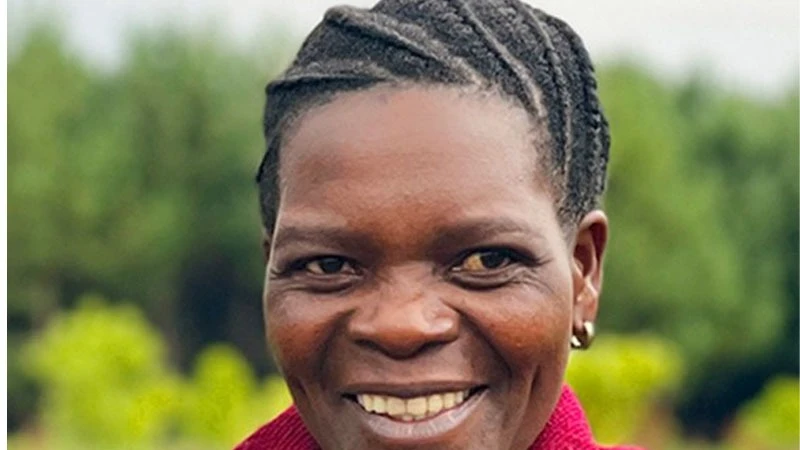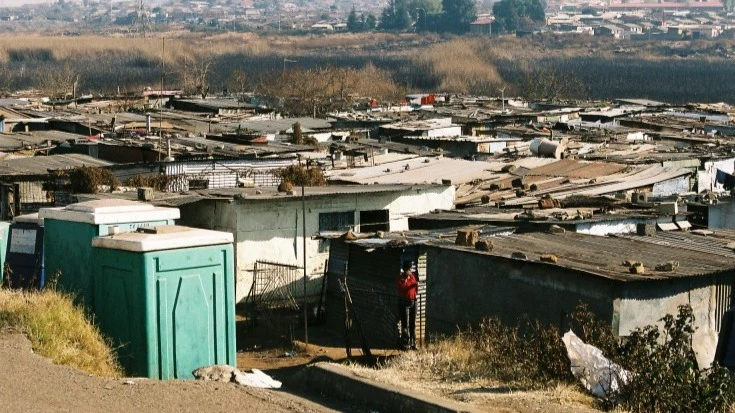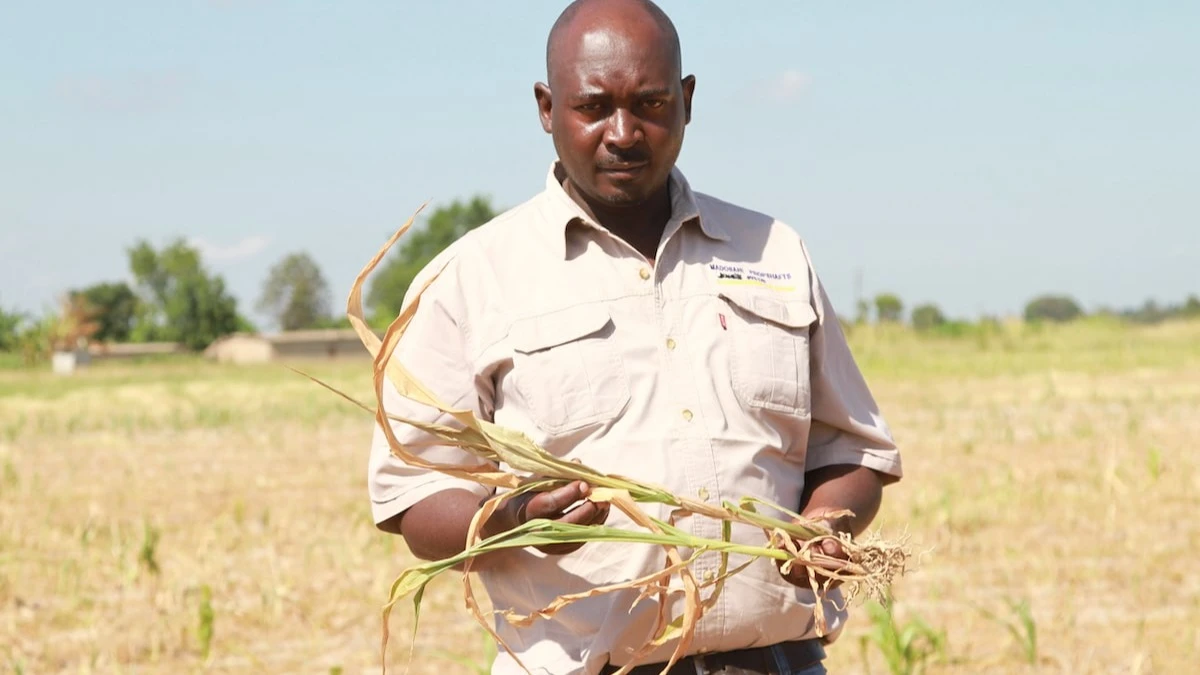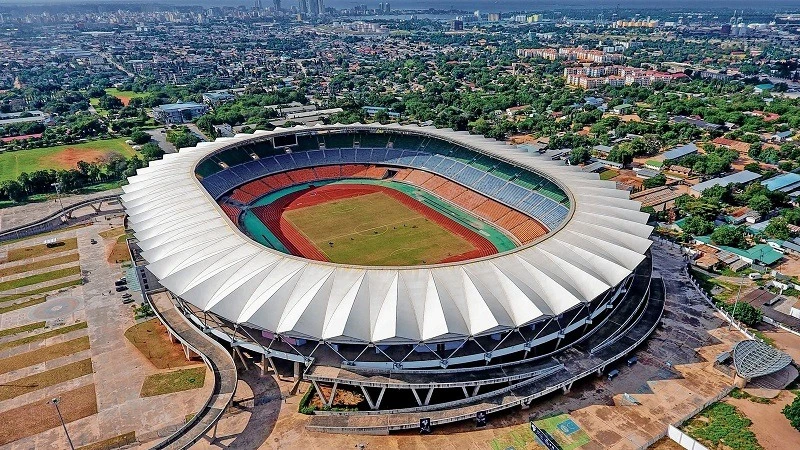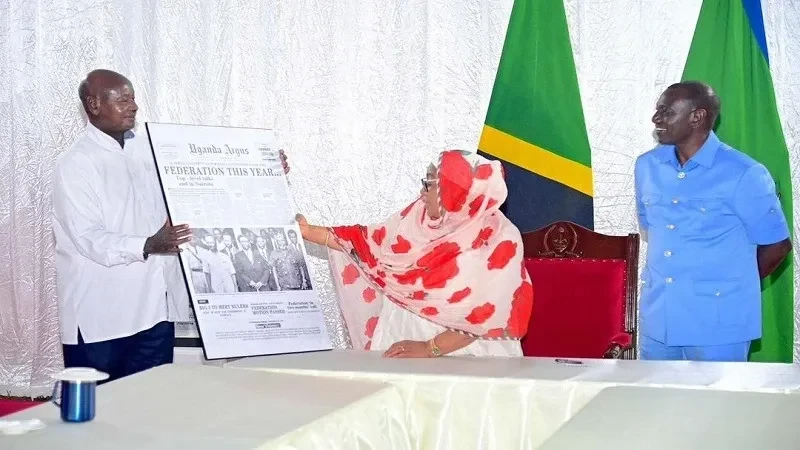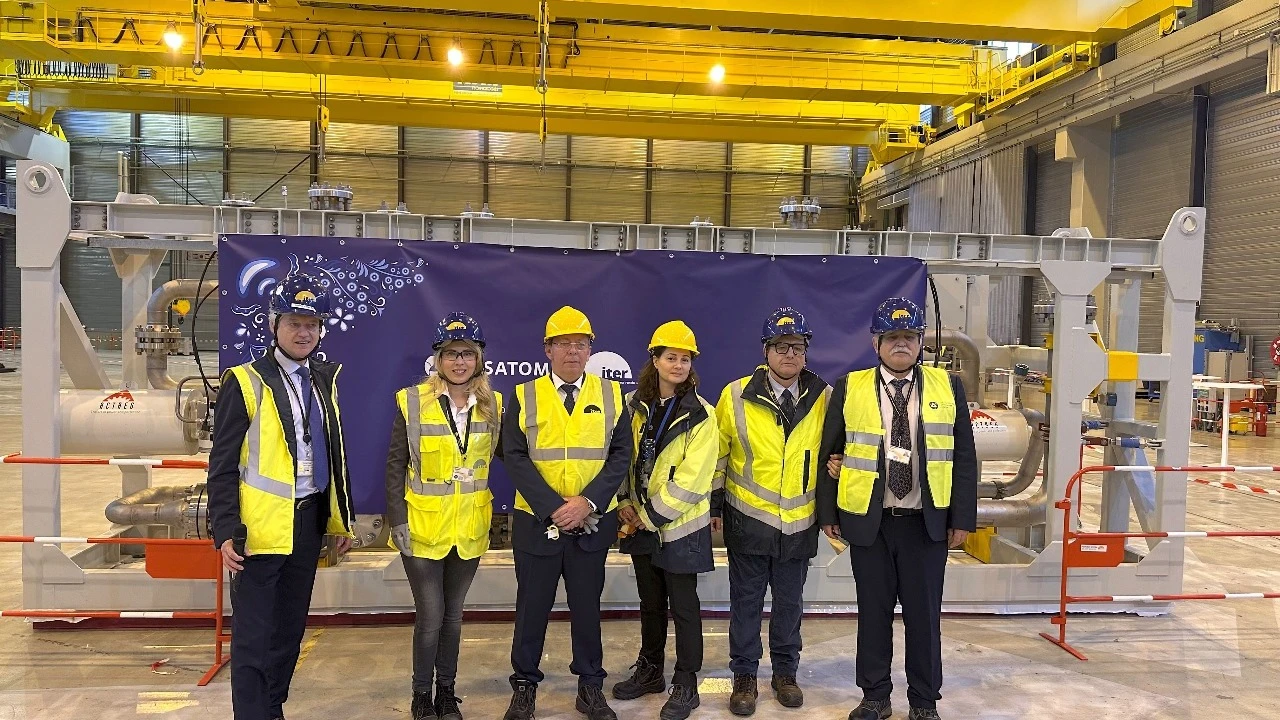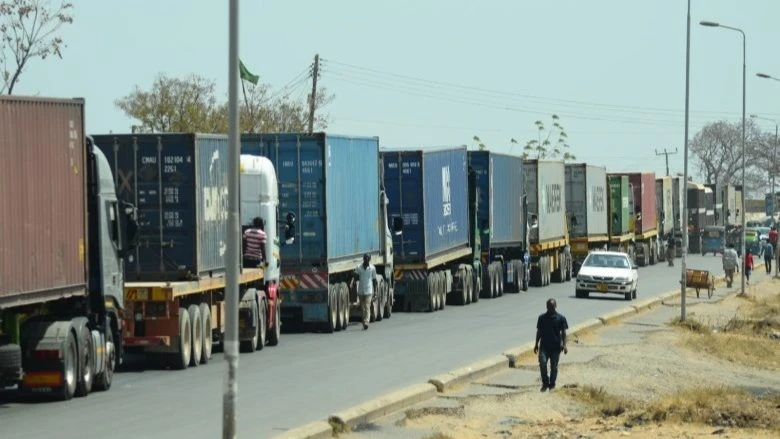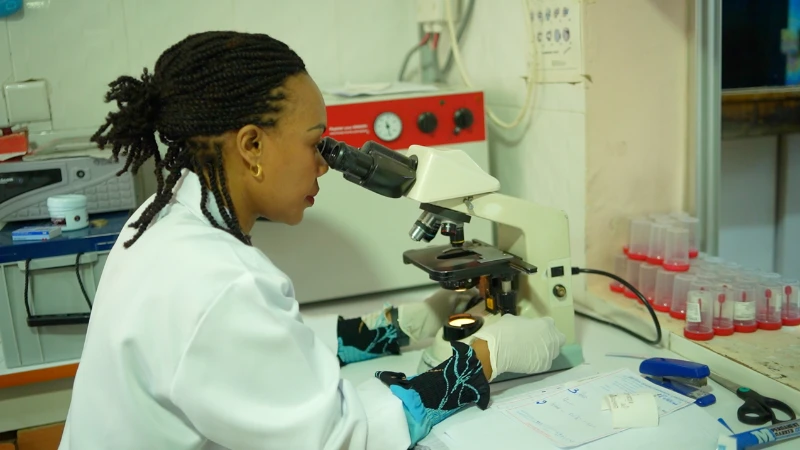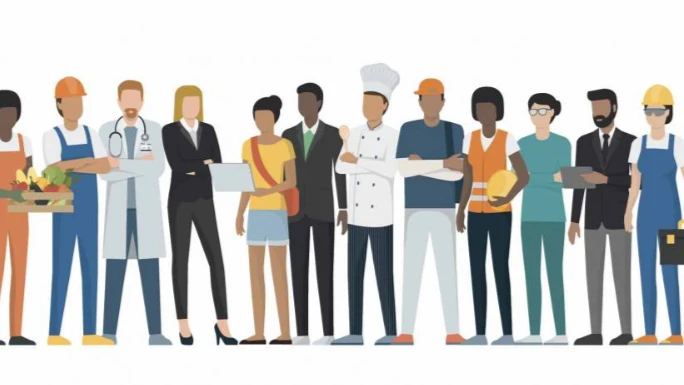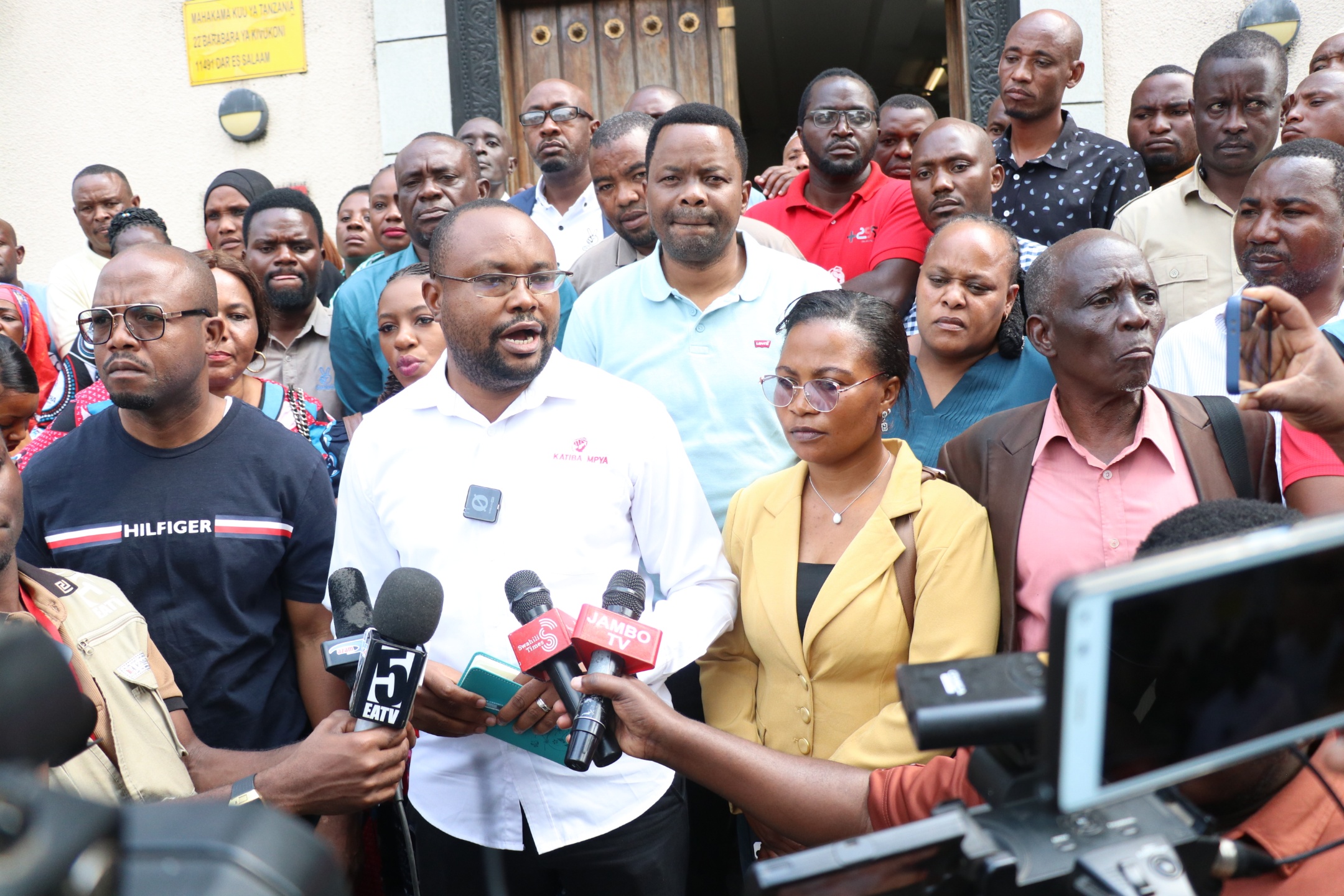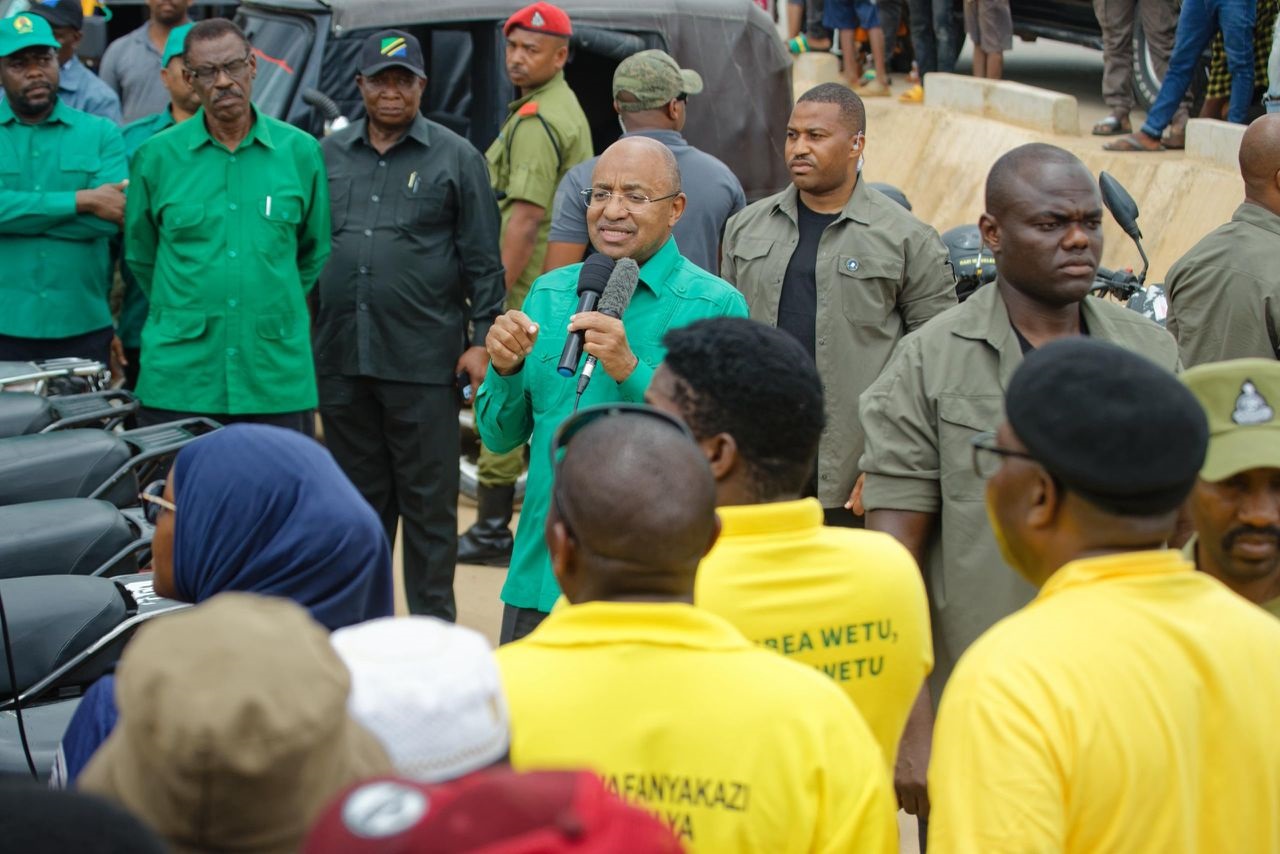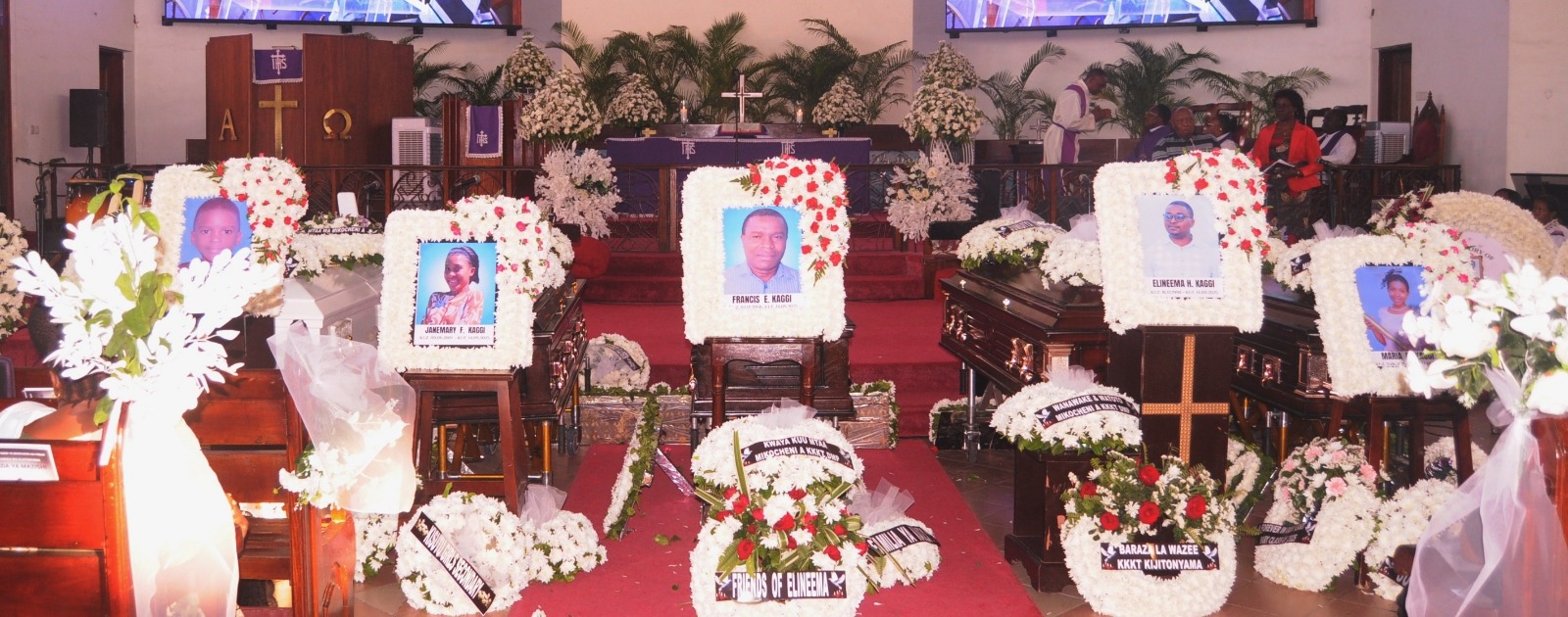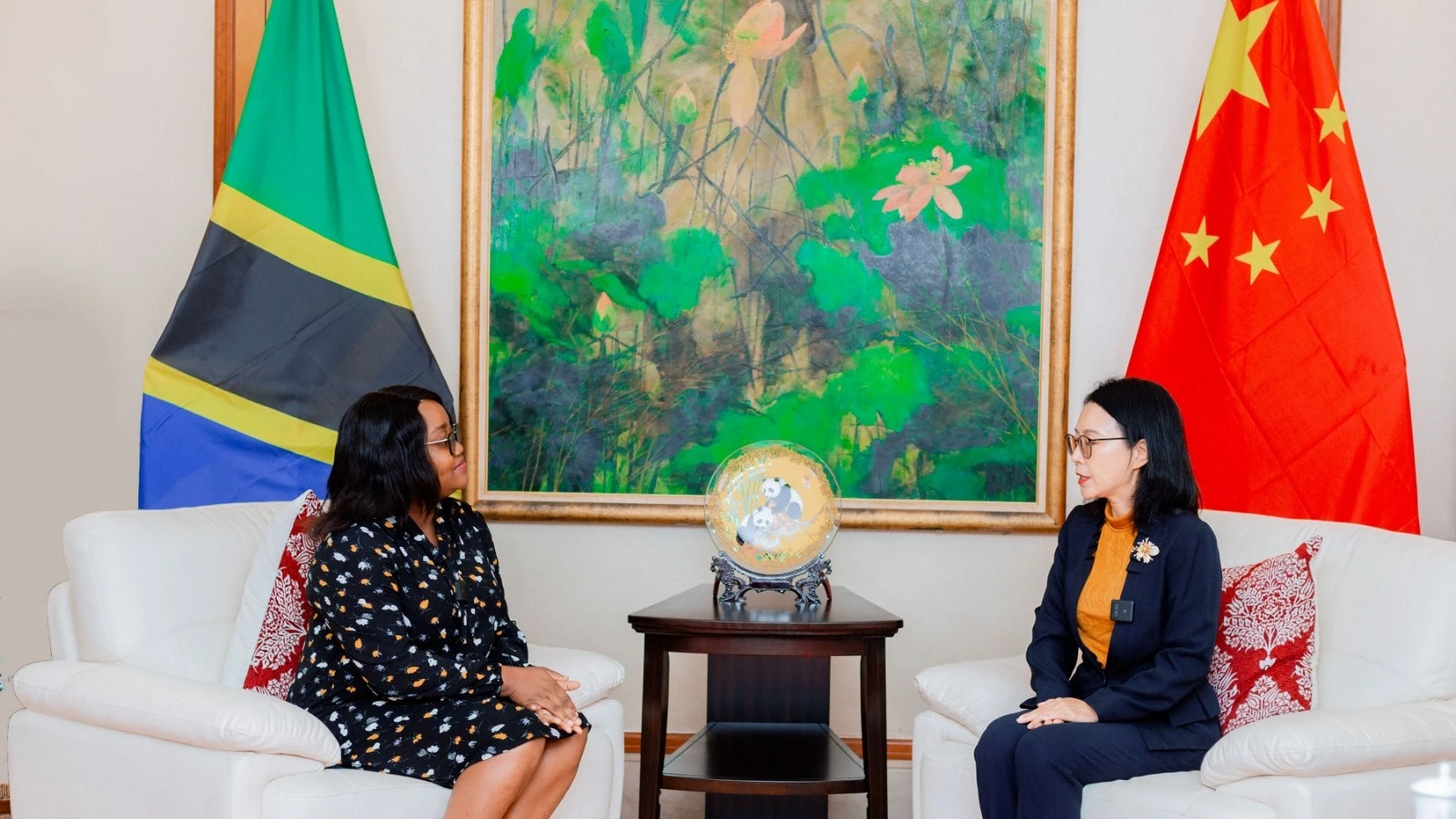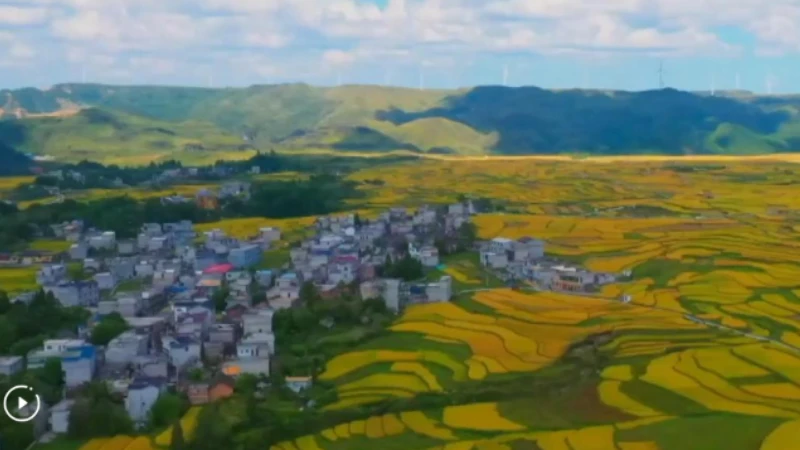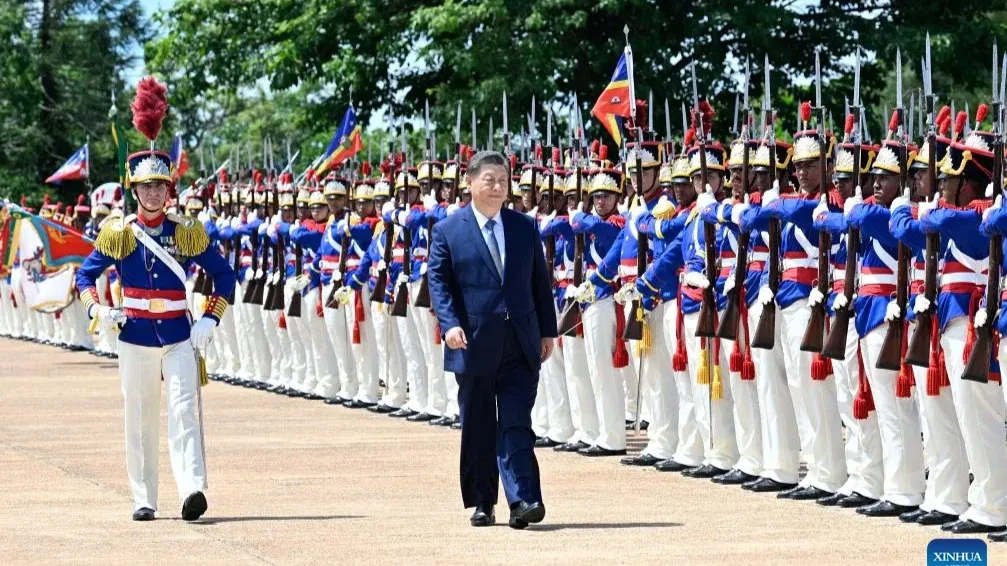EAC trade surges as leaders move to dismantle existing barriers
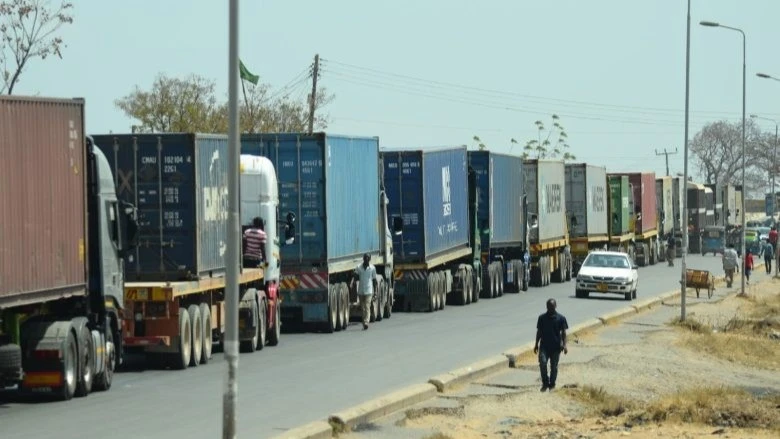
EAST Africa’s marketplace is humming again, and you can feel it as soon as you step into the crowded aisles at Uhuru Gardens. Thousands of entrepreneurs move through the space with the kind of energy that signals possibility. They bargain, laugh, swap ideas, pitch products, and size up opportunities that, not long ago, seemed just out of reach.
Something has shifted in the region, something deeper than the colorful displays of handcrafted goods, digital demos, or the vibrant buzz that rises from the stands of the 25th EAC MSMEs Trade Fair. It’s the growing sense that East Africans are finally trading with one another at a scale that reflects the region’s ambition and potential.
Numbers rarely capture lived experience, yet these come surprisingly close. Intra-EAC trade has surged by an impressive 27 percent, climbing from USD 14.2 billion to USD 18 billion between June 2024 and June 2025. For a region long grappling with the contradiction of political unity and fragmented markets, that jump is more than a statistical win.
It is evidence that East Africans are increasingly choosing regional value chains and neighboring markets over distant ones. At the same time, EAC trade with the rest of the world rose by 22 percent, from USD 115.4 billion to USD 140.8 billion. The bloc once viewed as promising but inconsistent, is beginning to find a more confident footing in global commerce. And the timing of this upward momentum—coinciding with the Trade Fair’s opening in Nairobi, feels almost symbolic.
When President William Ruto takes the stage at the opening ceremony, he does so with the steady assurance of someone aware he is presiding over a turning point rather than a routine engagement. As Kenya’s head of state and the current Chair of the EAC Summit, he doesn’t gloss over the region’s persistent trade hurdles.
Instead, he lays them bare: entrenched non-tariff barriers that resist every attempt at reform, bureaucratic snags that stall cargo for hours or days at border points, and policy inconsistencies that create friction where seamless trade was promised. Ruto’s pledge to dismantle these barriers once and for all is delivered with a tone that blends determination and impatience. And the crowd, made up of artisans, innovators, farmers, small manufacturers, traders, and young tech founders, responds with the kind of applause that signals both hope and relief.
As you weave through the fairgrounds, the Trade Fair starts to feel like a living portrait of a region reimagining itself. More than 3,000 exhibitors from all eight Partner States have set up their stalls, each one offering a glimpse of the region’s evolving economic identity. A Rwandan entrepreneur demonstrates her foldable solar cooker, snapping its panels into place with precision. Nearby, a soft-spoken Ugandan engineer explains how his cashless payment tool is finally giving informal traders a reliable digital lifeline.
A Tanzanian cooperative displays their naturally dyed textiles in warm, earthy tones. A South Sudanese coffee collective pours samples that draw appreciative murmurs from passersby. Kenya’s startups, always quick on their feet, move through the crowds discussing apps that tackle logistics gaps, farming inefficiencies, or cross-border retail challenges. Every stall feels like a small chapter in a bigger story about where the EAC economy is heading.
If you listen closely, the fair’s most telling conversations come not from the podium but from the traders themselves. A transporter complains about losing half a day at a weighbridge that should have been automated years ago. An artisan explains how her product qualifies for preferential Rules of Origin in one country but mysteriously doesn’t in another.
An exporter notes that shipping costs have dropped on some routes yet remain strangely high on others. But these frustrations, though real, don’t dampen the mood. What stands out is the sense of shared momentum. Many exhibitors speak with the confidence of people who can feel the market expanding around them, and they’re determined to keep pace.
Ruto’s remarks echo that mood. He frames the Trade Fair as more than an exhibition; it’s a working forum shaping the December EAC Summit agenda. His points land because they mirror conversations happening at the booths: digital transformation must solve real bottlenecks, not just sound modern; accessible finance has to reflect the realities of MSMEs; expanded markets must translate into smoother, everyday trade experiences; and green enterprise should help position East Africa ahead of global shifts, not scrambling behind them.
As the day unfolds, it becomes increasingly clear that the fair functions as a mirror, reflecting a region at a pivotal moment. After twenty-five years of integration efforts, the EAC is still confronting gaps between ambition and execution. Yet its MSMEs, the problem-solvers, risk-takers, and everyday innovators, are pushing forward regardless.
Kenya’s Cabinet Secretary for Cooperatives and MSMEs Development, Wycliffe Oparanya, captures the practical frustrations of this group with striking clarity. He talks about financing in the plain language MSMEs recognize: it remains a barrier that can choke even the best idea before it takes shape. His call is for financial tools designed for real businesses run by real people, not hypothetical models crafted in distant boardrooms. He insists that if East Africa wants sustained transformation, its MSMEs must scale beyond their home countries and plug into regional value chains.
Technology’s role in this transformation is visible everywhere. Young entrepreneurs livestream demos, record marketing clips on their phones, and close sales through mobile platforms. Many speak about technology not as an enhancement but as the backbone of their business plans.
Annette Ssemuwemba Mutaawe, the EAC Deputy Secretary General for Customs, Trade and Monetary Affairs, adds another layer to the discussion by highlighting a long-standing structural imbalance: the region exports too many raw materials while importing too many manufactured goods.
That imbalance, she argues, limits bargaining power and slows industrial growth. Her call for deeper regional value chains resonates with entrepreneurs who have lived the consequences of competing against mass-produced imports while grappling with inefficient supply chains or costly production.
Throughout the fairgrounds, you see workshops where artisans learn branding, youth explore digital tools, and entrepreneurs exchange contacts and insights in lively circles. MSME development has evolved from a talking point into a core pillar of East Africa’s industrial strategy.
Concrete reforms are underway, too. The EAC is revising Rules of Origin to support manufacturing, modernizing trade systems with smart infrastructure, and rolling out the long-awaited Payment and Settlement System, which allows cross-border transactions in local currencies. Training programs for women and youth are expanding, ensuring they participate in the region’s transformation.
The fair also pauses to honor sixteen Women in Trade Champions and eighteen Regional Quality Award winners. Their recognition feels meaningful, reflecting the real work that sustains regional commerce. The Women in Trade Champions initiative, backed by GIZ–LIFTED and the EU, reinforces a truth often overlooked: integration is ultimately about people, especially women who power informal cross-border networks with resilience and creativity.
Walking through the fair, you sense a region shifting gears. The energy is not symbolic; it is lived and shared. The speeches are significant, but the real story is unfolding in the conversations, the handshakes, the deals sealed under tents. East Africa’s momentum is no longer an aspiration. It’s visible, tangible, and beginning to reshape the region in ways that others, within Africa and beyond, are starting to notice.
Top Headlines
© 2025 IPPMEDIA.COM. ALL RIGHTS RESERVED



